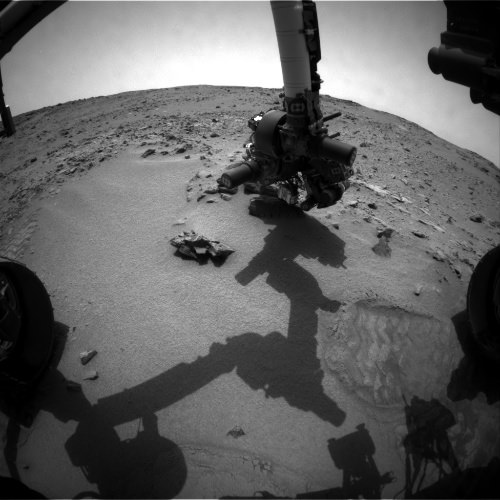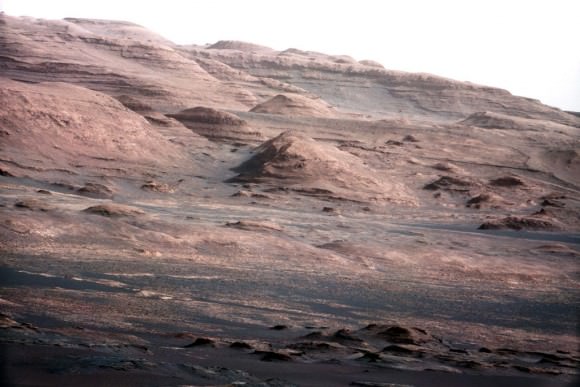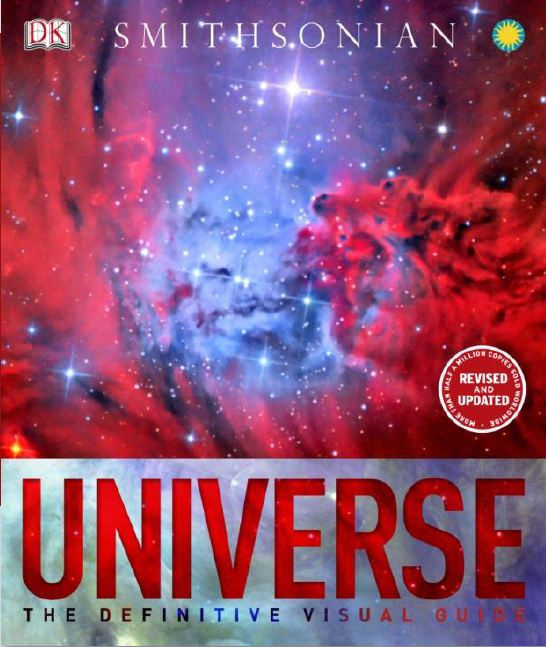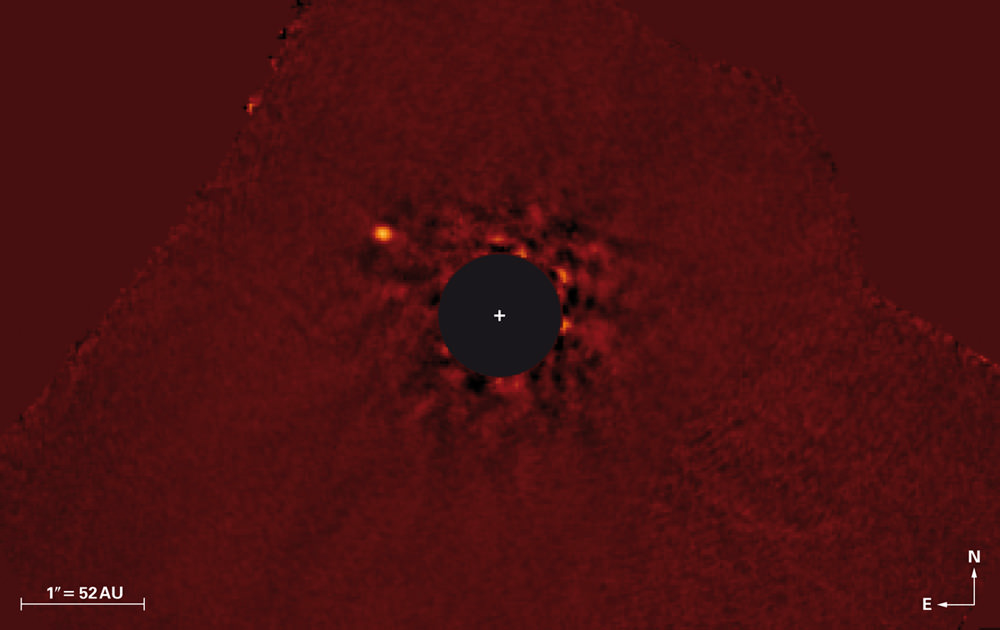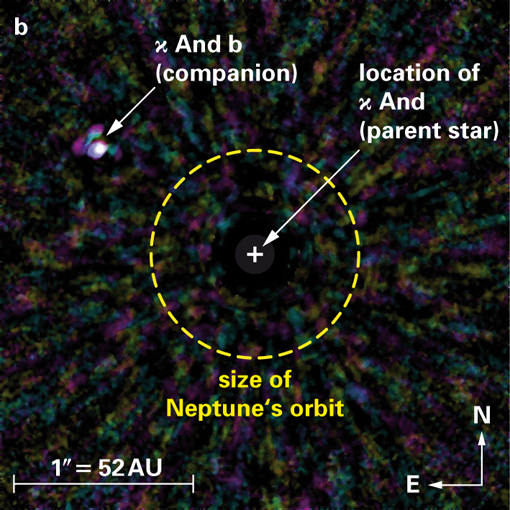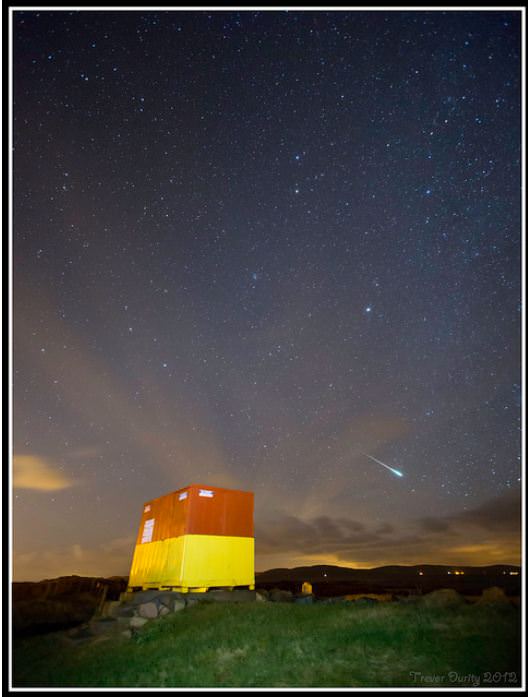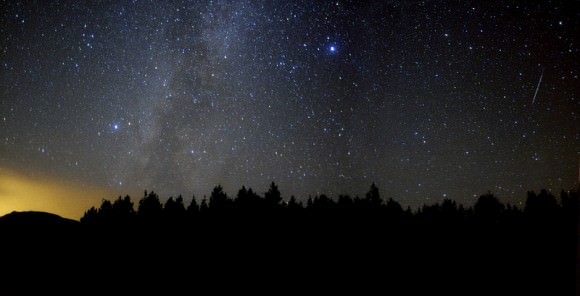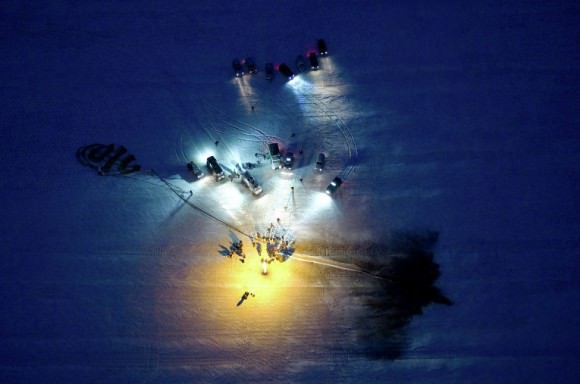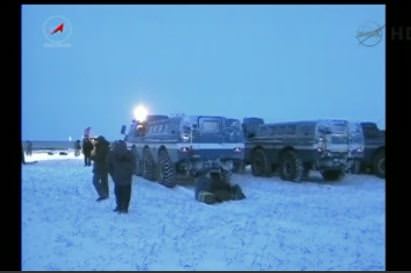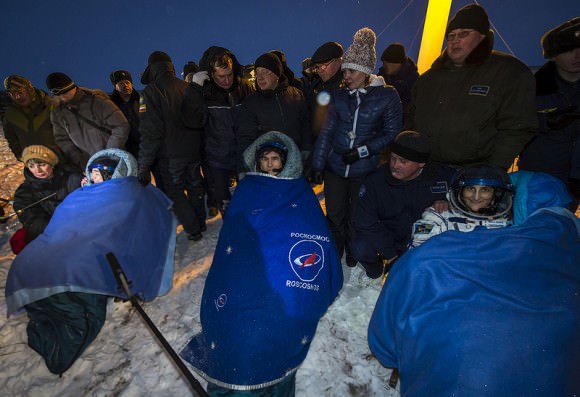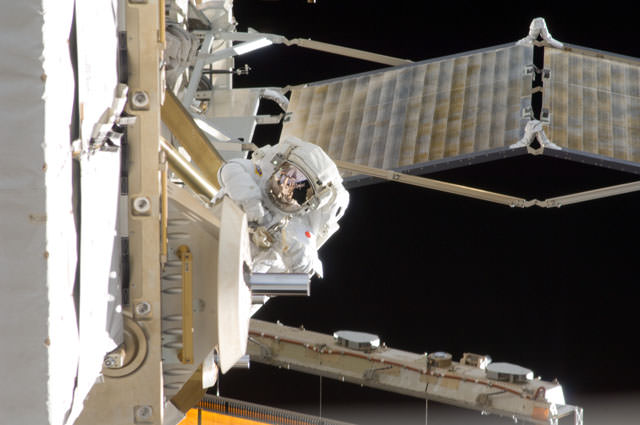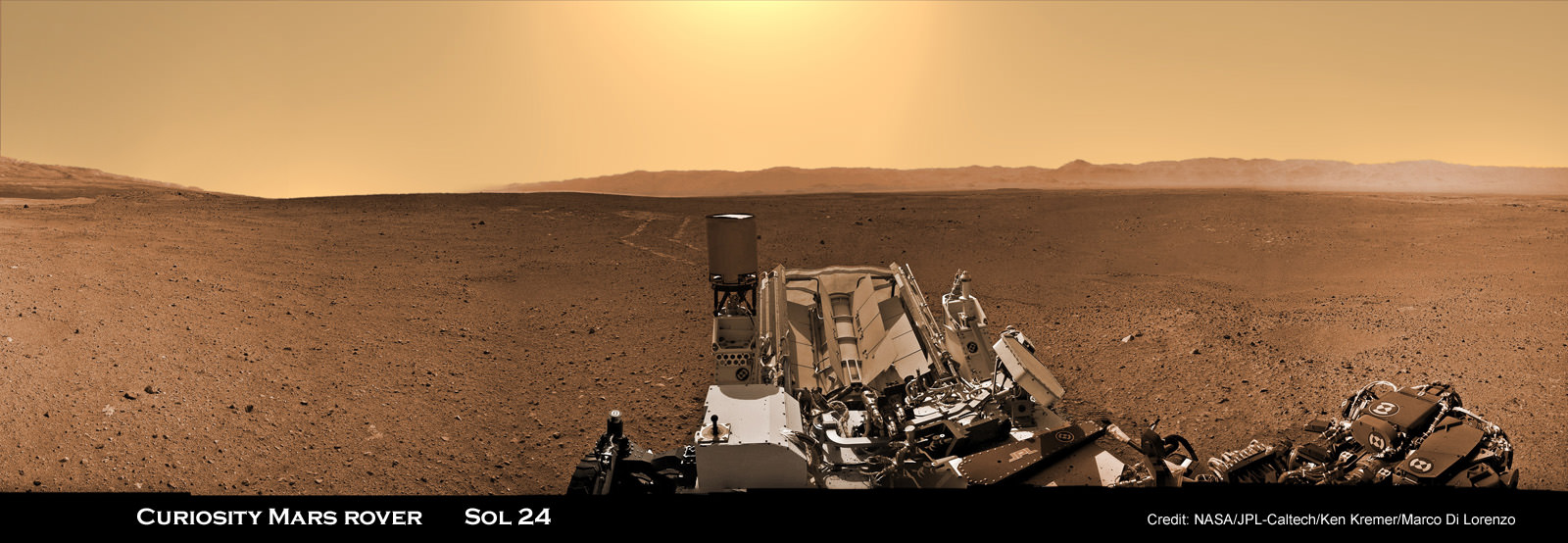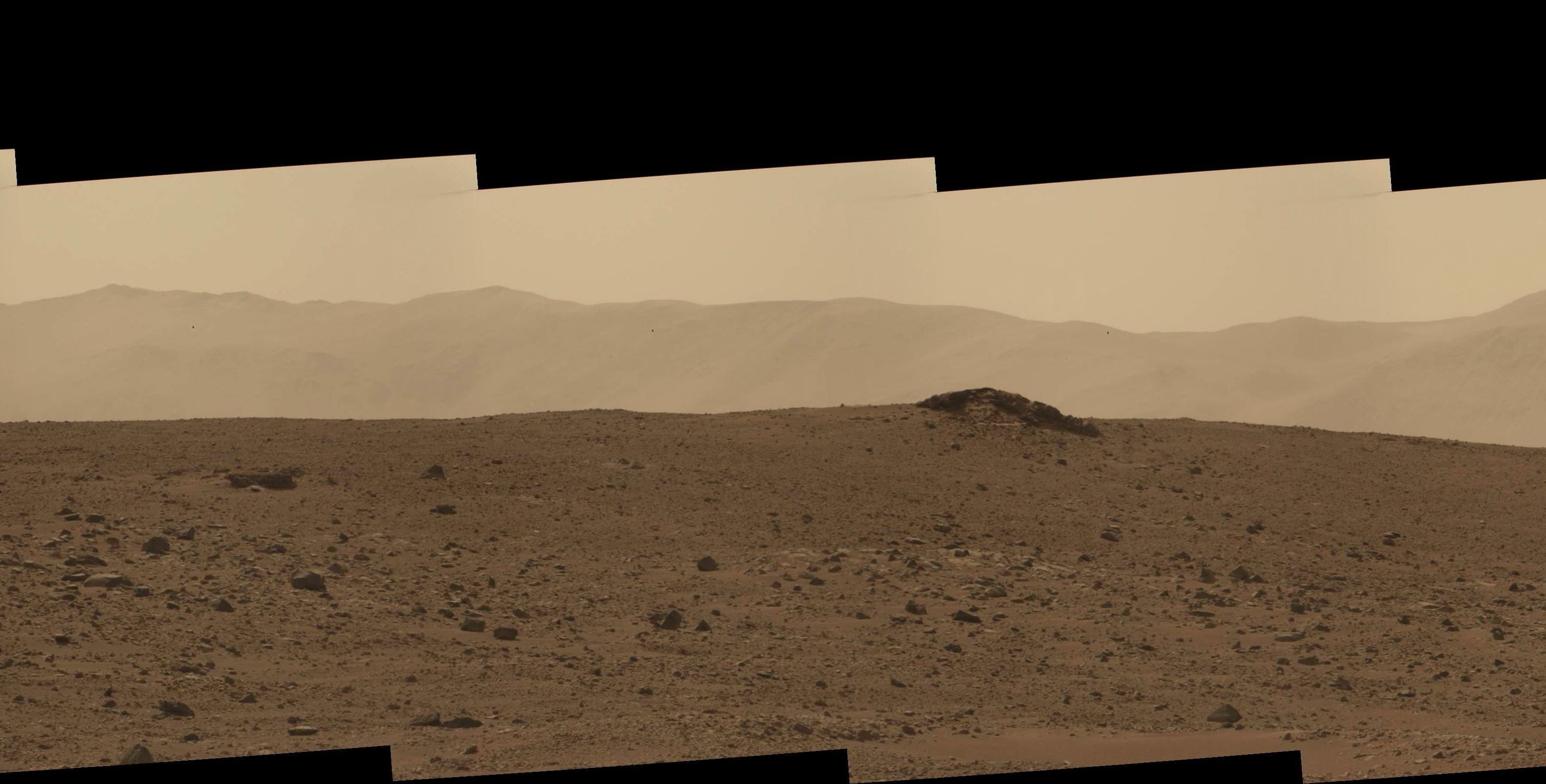This image was taken by Front Hazcam onboard NASA’s Mars rover Curiosity on Sol 102 (2012-11-18 21:41:54 UTC). Credit: NASA/JPL-Caltech
The Mars Science Laboratory team has hinted that they might have some big news to share soon. But like good scientists, they are waiting until they verify their results before saying anything definitive. In an interview on NPR today, MSL Principal Investigator John Grotzinger said a recent soil sample test in the SAM instrument (Sample Analysis at Mars) shows something ‘earthshaking.’
“This data is gonna be one for the history books,” he said. “It’s looking really good.”
What could it be?
SAM is designed to investigate the chemical and isotopic composition of the Martian atmosphere and soil. In particular, SAM is looking for organic molecules, which is important in the search for life on Mars. Life as we know it cannot exist without organic molecules; however, they can exist without life. SAM will be able to detect lower concentrations of a wider variety of organic molecules than any other instrument yet sent to Mars.
As many scientists have said, both the presence and the absence of organic molecules would be important science results, as both would provide important information about the environmental conditions of Gale Crater on Mars.
But something ‘Earthshaking’ or “really good” probably wouldn’t be a nil result.
Already, the team has found evidence for huge amounts of flowing water in Gale Crater.
A detailed look at the layers on Aeolis Mons/Mt. Sharp, the central mound inside Gale Crater, the Curiosity rover’s ultimate destination. Credit: NASA/Caltech-JPL/MSSS
If SAM does find organic material, the next step would be to determine the origin and the nature of preservation of the molecules. But the team is going to wait until they verify whatever it is they found.
As NPR’s Joe Palca says in his report, “They have some exciting new results from one of the rover’s instruments. On the one hand, they’d like to tell everybody what they found, but on the other, they have to wait because they want to make sure their results are not just some fluke or error in their instrument.”
The team is being cautious because of their experience with looking for methane in the Martian air. When one of the SAM instruments analyzed an air sample, they got a reading of methane. But, it turned out, they were likely measuring some of the air that was brought along from Florida, as air leaked into the Tunable Laser Spectrometer (TLS) while the spacecraft was awaiting launch. The initial readings from the TLS, full of methane, were very exciting to the Curiosity scientists until they realized it was from Earth.
But NPR reports that Grotzinger says it will take several weeks before he and his team are ready to talk about their latest finding.
In the meantime there will likely be much speculation as everyone is excited about the prospects of life – past or present – on Mars. Either would have astounding implications.

